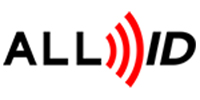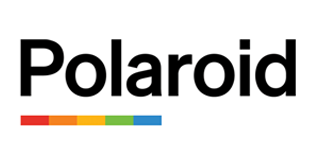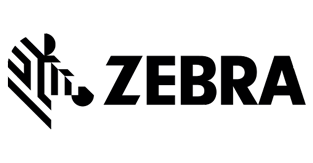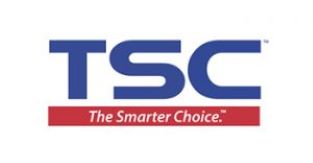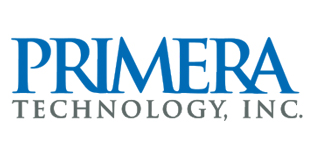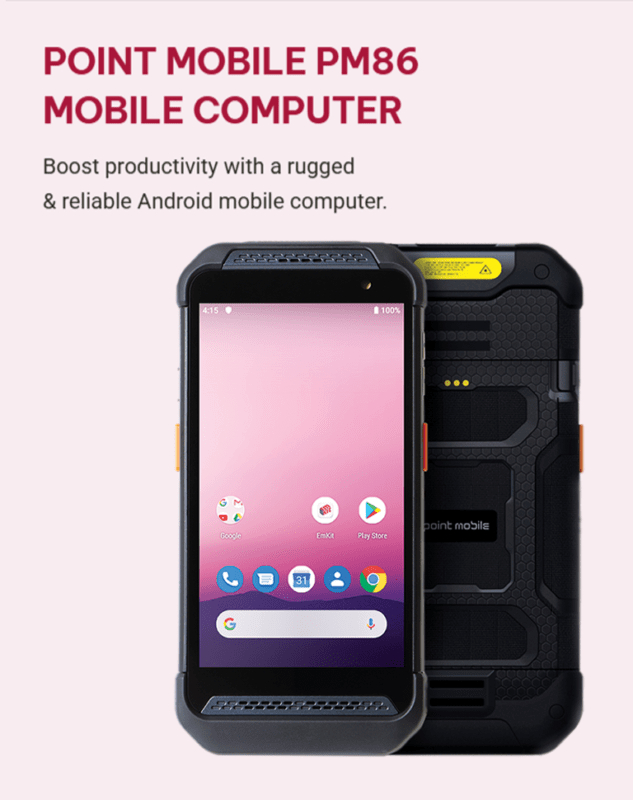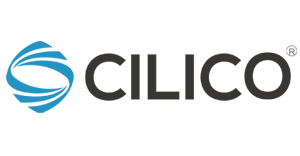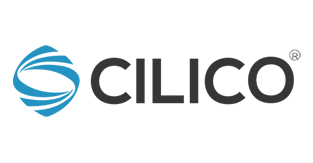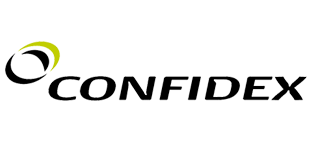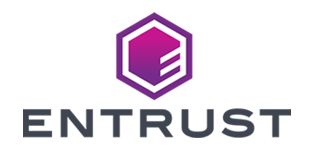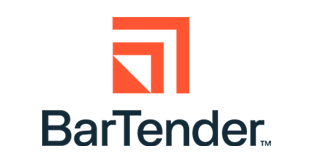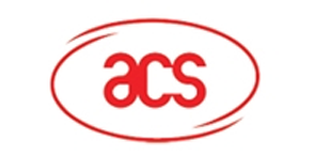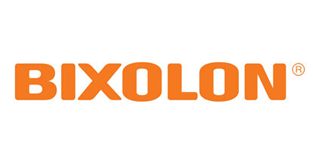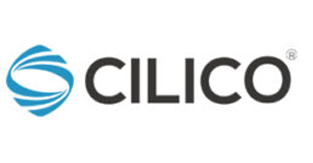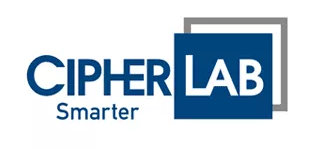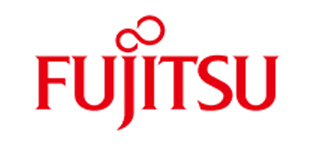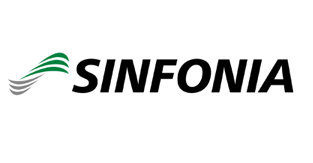
RFID Technology Benefits
Ease of Use:
- The RFID solution does not require a line of sight access to be able to read tags. Still, the tag can also include a human readable data label (2 in 1).
- Reader and tag communication are not orientation sensitive.
Security:
- The tag can trigger security alarm systems if removed from its correct location.
- Automatic scanning and data logging is possible without human intervention.
- Each tag can have a unique product code like standardized.
- Each item can be individually labeled.
Management:
- Electronic Product Code (EPC-code) and still hold more information in an internal memory bank.
- Tag internal data can be comprehensive – unique and common in parts – and is compatible with data processing in ERP system.
- The supporting data infrastructure can allow data retrieval and product tracking anywhere provided the reader is close enough to the tag.
- System provides a high degree of security and product authentication – a tag with IC is more difficult to counterfeit than a simple printed barcode.
RFID Business Benefits
The technical benefits of RFID create the basis for real business benefits. When there’s less risk of errors and when there’s real-time information about how the asset is being used and where it’s located, RFID can increase the efficiency of processes and save money. The return on investment is the key issue when reviewing the general benefits of the system.
The cost savings of an RFID system are often based on the following facts:
- An RFID system can increase productivity – as less monitoring is needed and both goods and information are handled more efficiently.
- An RFID system makes it easier to respond to new circumstances as a result of information gained from the supply networks
- Less errors, higher reliability – no human intervention needed for reading the data
- Improved visibility and traceability – process monitoring, tracking of shipments and assets
How to select the right tag?
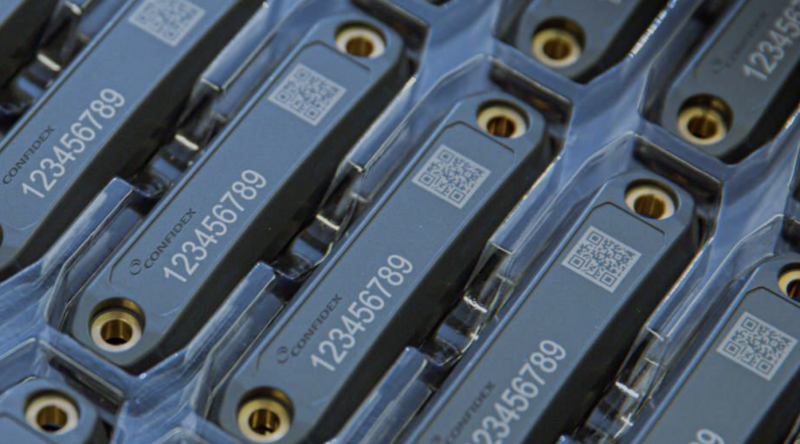
Confidex tags are compatible with standard RFID hardware.
There is a huge variety of different kind of tags available with different properties. And remember, they all are compatible with any Gen2 reader. Reader devices and tags can be selected totally independently based on other requirements in your application.
Confidex’s product portfolio is composed of passive RFID tags, which operate at UHF frequency band. Tags are compliant with ISO18000-6C standard, which is the equivalent to EPCglobal Class 1 Generation 2 – standard (C1G2). This standard is widely adopted across the industry and there are multiple IC, reader, antenna, software and system providers in the market, which have a high level of inter-operability along the standard. Thus Confidex tags are compatible with most UHF RFID hardware.
Tag selection is easy up to this point. Gen2 is the right choice. Then it becomes more complicated. There is a huge variety of different kind of tags available with different properties. And remember, they all are compatible with any Gen2 reader. Reader devices and tags can be selected totally independently based on other requirements in your application.
Electrical Viewpoint
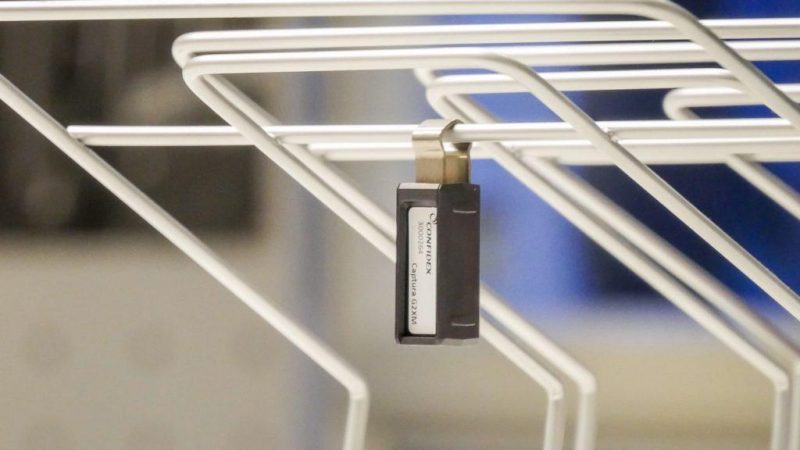
Typically, the most important electrical parameter is the tag sensitivity, which defines the maximum operating distance. It is notable that stated reading distance is theoretical, open space reading distance and may be shorter due to the improper use of the tag or reader. On the other hand, it may be even longer due to multi-path propagation. UHF (Ultra high Frequency) tags work in far field region. This is significantly different from older LF and HF RFID technologies. All physical laws related to radio transmission apply and must be considered in system design and tag selection. Tag includes an antenna with a certain gain and radiation pattern. In order to achieve maximum performance, on-metal tags in particular need careful installation.
Local radio transmission regulations define the frequencies for RFID. Some tags (especially on-metal tags) are optimized to a certain frequency band. In closed loop applications, global functionality is not necessarily needed, but if the tagged item is shipped from one continent to another, a wide band tag design is needed. Confidex offers tags for all UHF frequency bands used for RFID globally. The most up to date list of frequencies used in different countries can be found from EPCglobal website.
The next thing to consider is the amount of memory and type required. Some tags have the 96-bit EPC identification number while others also have user memory up to 512-bit, which can be used freely. Depending on the IC type, IC can also have a tag identifier (TID) which is non-alterable unique identification number for each and every piece of IC. It’s worth keep in mind that EPC identification number is alterable if not explicitly locked. Confidex can lock the tags if needed.
The material of tagged object is also relevant. Although RFID can be used without line of sight, the RF waves will reflect from metal. Other materials also have an effect on tags and on RF propagation. A specially designed tag, which we call a hard tag, is needed when the tag is placed directly on metal. They often consist of plastic structure where the special antenna design is embedded. Confidex has developed the first ever on-metal label type tag, which utilizes the metal background to enhance performance. This differs from traditional UHF labels, which should be placed as far away from the metal as possible.
The effect of material should also be considered with traditional label type RFID tags. For example, some plastics have notable de-tuning effect on tag antenna although plastics are reasonably transparent to RF in general. Also liquids are challenging as they absorb the RF waves and thus prevent the propagation.
Physical Viewpoint
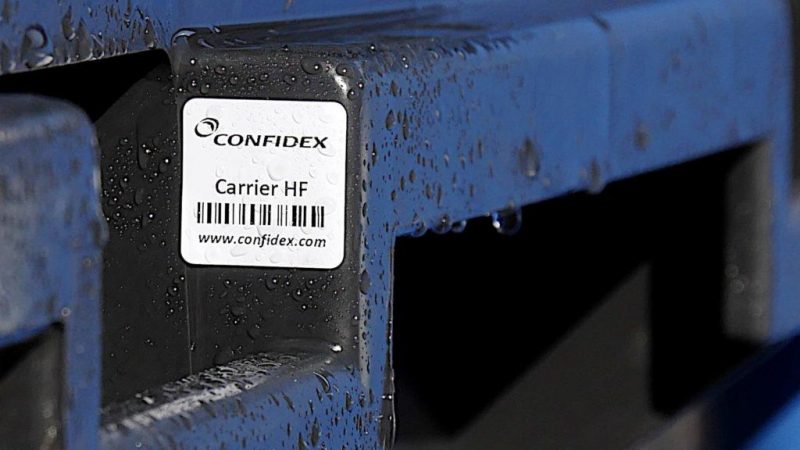
Tag size is obviously one parameter, which affects to tag selection. The tagged object itself or space reserved for the tag might constrain the physical size of a tag. In general, decreasing the tag size will decrease the performance. Confidex has developed a novel way of using special 3D-structures within antenna design. This concept is used in several products, which keeps them relatively small yet still maintains performance.
Depending on the application, there can be several environmental conditions, which the tag is exposed to. If the tag needs to be outdoors or survive cleaning processes, an encapsulated tag or a special label with correct materials should be selected. The encapsulated tag is also the right choice if the tags needs to survive mechanical impacts. In industrial applications, tags may need to survive special processes that include the use of high temperatures or chemicals. Confidex has designed a wide selection of both hard encapsulated tags and special labels for surviving the wide variety of challenges common in many different industries.
Another feature to take into account is how the tag can be fixed. With hard tags, Confidex recommends that you always use, when possible, a mechanical attachment with screws, pop rivets or welding. If it’s not possible to attach the tag mechanically, adhesives are another option. User should take into account that selecting adhesives can be a long process. There’s no adhesive on the market that can be used for fast tag fixing and is suitable for every surface material and all weather conditions. Therefore, it’s recommended that you review different industrial adhesives and test them, prior to use, to see how appropriate they are for your specific application.
Article Credit – https://www.confidex.com/technology-insights/why-rfid/
